The finding of Moses
Oil on canvas, cm 105 x 206
With frame, cm 116 x 219
Born, as reported by the scholar Baldinucci, in 1646 in Florence within a family of artists, Pietro (or Pier) Dandini receives the first rudiments in painting from his uncle Vincenzo. The news about his existential parable is known to us through his very detailed biography, written a few years after his death, of Francesco Saverio Baldinucci: the fact that, in a very limited period of time since his death, an independent biography has been dedicated to him demonstrates the great critical fortune of which the painter, already from the very first eighteenth century, enjoyed in Tuscany. Following his Florentine training, Dandini made a study stay in Venice, tangentially also touching the centers of Modena, Parma and Bologna: at this point, the Tuscan has the opportunity to observe live and carefully study the works of Titian, Veronese, Correggio e dei Carracci, who leave an indelible mark on his visual ramified imaginary, significantly influencing his entire future production. In his first works, among which we remember A Miracle of the blessed Giovacchino Piccolomini - that the erudite Cinelli in 1677 praised strongly - and the Assumption of the Virgin in S. Verdiana, it denotes a decisive influence compared to the production of Pietro da Cortona, perceived as ideal master. Starting from the nineties of the seventeenth century, Dandini receives in Tuscany important public commissions, being often hired by the Grand Duke himself: in 1591, for example, the artist fresco an Allegory of Tuscany for the time of the Uffizi portrait hall, work warmly acclaimed by the now elderly arista Livio Mehus


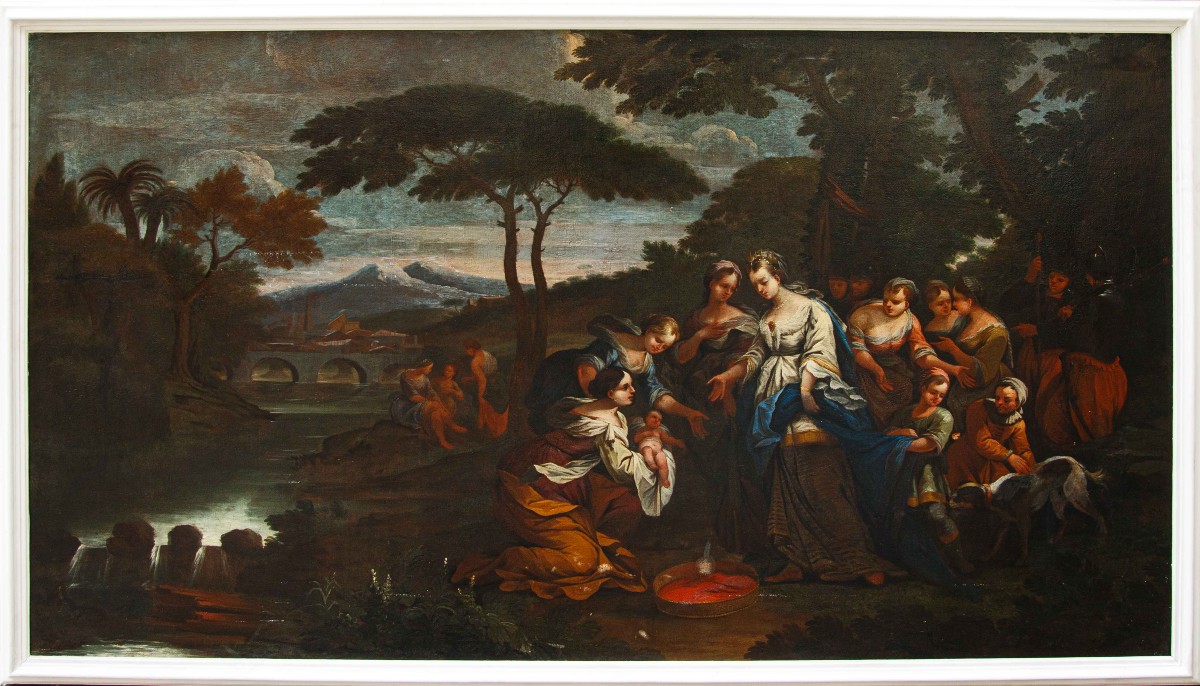









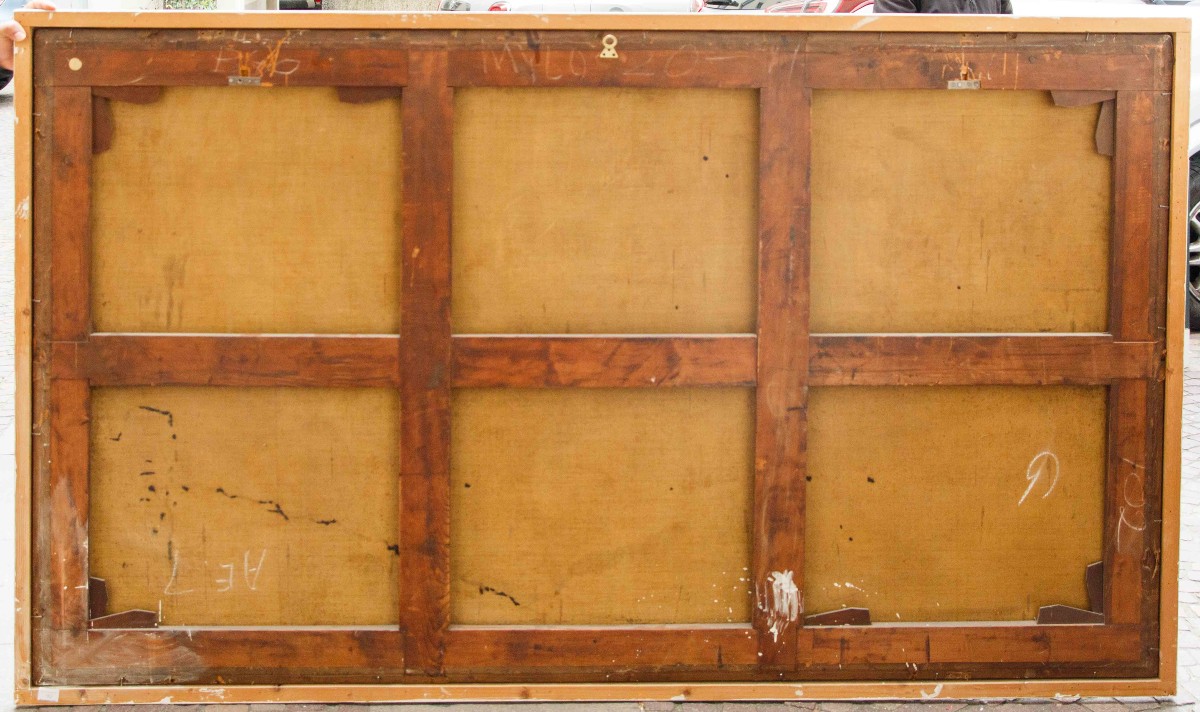























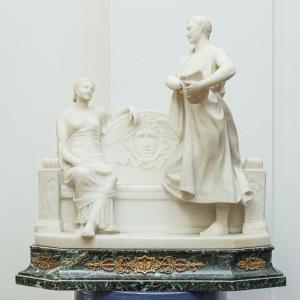

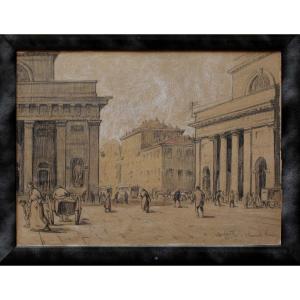

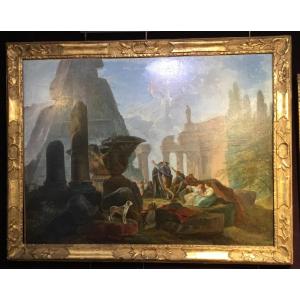







 Le Magazine de PROANTIC
Le Magazine de PROANTIC TRÉSORS Magazine
TRÉSORS Magazine Rivista Artiquariato
Rivista Artiquariato